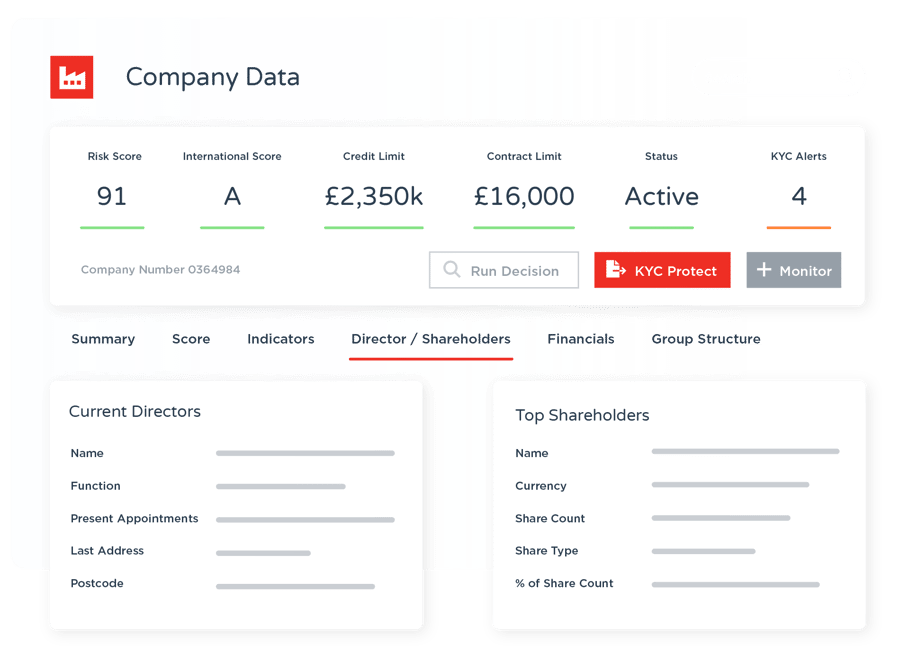The increasing digital footprint saw an explosion of data. Banks began to collect large volumes of unstructured data such as messages, emails and text. Leveraging this data allowed them to deploy AI into a range of different areas such as credit risk scoring, risk reviews and suspicious transaction monitoring to fuel their strategic decision-making processes.
With resources remaining stretched and budgets tight all while workloads increase, compliance teams will look to deploy AI across a range of disciplines including detecting fraud and money laundering, assessing regulatory risks, and forecasting compliance risks.
There's no doubt AI will reshape the compliance landscape in the years to come, but its integration comes with its own challenges.
Firstly, organisations should assess the benefits of adopting AI such as cost savings and efficiency gains while understanding that over-reliance on AI can pose a greater threat. We’re unable to put the breaks on AI, instead, we must move forward with adequate guidelines and regulations for the use of Gen AI in the workplace.
Secondly, with the uncertain economic outlook, more businesses are becoming reliant on AI. This raises questions about executive responsibility and the potential outcomes of AI integration. Instead of seeing AI as a replacement for human jobs, the collaborating paradigm recognises that humans and AI working together have complementary strengths. AI's strength is its ability in data processing and automating repetitive tasks. Humans bring creativity, empathy and a nuanced understanding to the table. When working together, they form a powerful partnership that can continuously deliver exceptional results.

